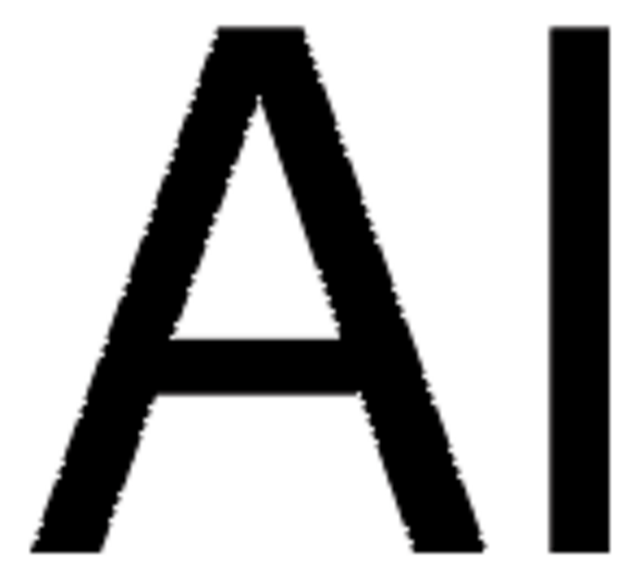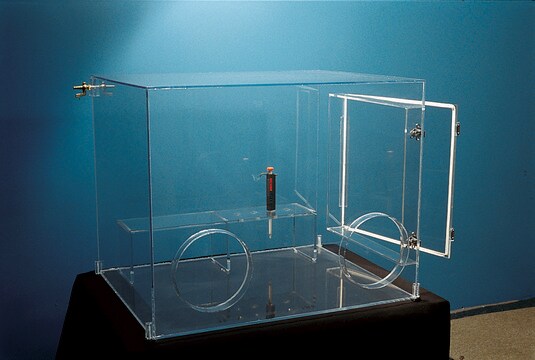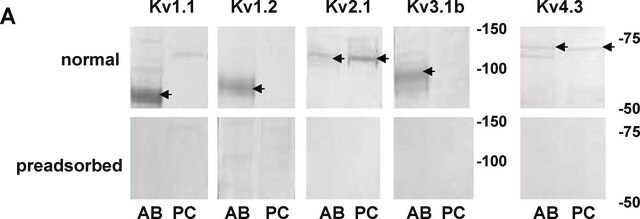일반 설명
We are committed to bringing you greener alternative products, which adhere to one or more of The 12 Principles of Green Chemistry.This antibody is Preservative-free, produced without the harm or sacrifice of animals and exceptionally stable to allow for ambient shipping and storage if needed and thus aligns with "Waste Prevention", "Designing Safer Chemicals" and "Design for Energy Efficiency".
Click here for more information.
ZooMAb
® antibodies represent an entirely new generation of recombinant monoclonal antibodies.
Each ZooMAb
® antibody is manufactured using our proprietary recombinant expression system, purified to homogeneity, and precisely dispensed to produce robust and highly reproducible lot-to-lot consistency. Only top-performing clones are released for use by researchers. Each antibody is validated for high specificity and affinity across multiple applications, including its most commonly used application. ZooMAb
® antibodies are reliably available and ready to ship when you need them.
Learn more about ZooMAb here.특이성
Clone 1A32 is a ZooMAb® rabbit recombinant monoclonal antibody that specifically detects Notch1. It targets an epitope within 13 amino acids from the extracellular domain in the C-terminal half.
면역원
KLH-conjugated linear peptide corresponding to 13 amino acids from the extracellular domain within the C-terminal half of human Notch1.
애플리케이션
Quality Control Testing
Evaluated by Western Blotting in HEK293 cell lysate.
Western Blotting Analysis: A 1:1,000 dilution of this antibody detected Notch1 in HEK293 cell lysate.
Tested applications
Western Blotting Analysis: A 1:1000 dilution from a representative lot detected Notch1 from wild-type HEK293 cells, but not from Notch1 knockout cells.
Immunocytochemistry Analysis: A 1:200 dilution from a representative lot detected Notch1 in HeLa and A431 cells.
Affinity Binding Assay: A representative lot of this antibody bound Notch1 peptide with a KD of 1.0 x 10-12 in an affinity binding assay.
Note: Actual optimal working dilutions must be determined by end user as specimens, and experimental conditions may vary with the end user
Anti-Notch1, clone 1A32 ZooMAb®, Cat. No. ZRB1943, is a recombinant Rabbit monoclonal antibody that detects Notch1 and is tested for use in Affinity Binding Assay, Immunocytochemistry, and Western Blotting.
표적 설명
Neurogenic locus notch homolog protein 1 (UniProt: P46531; also known as Notch 1, hN1, Translocation-associated notch protein TAN-1) is encoded by the NOTCH1 (also known as TAN1) gene (Gene ID: 4851) in human. Notch1 is a single-pass type I membrane protein that is synthesized with a signal peptide (aa 1-18), which is subsequently cleaved off to generate the mature form that contains a long extracellular domain (aa 19-1735), a transmembrane domain (aa 1736-1756), and a cytoplasmic domain (aa 1757-2555). It is expressed in most fetal tissues and is found in abundance in spleen, brain stem, and lung tissue. It is also found in most adult lymphoid tissues. Notch1 is synthesized in the endoplasmic reticulum in an inactive form and is proteolytically cleaved by a furin-like convertase in the trans-Golgi network before it reaches the plasma membrane to yield an active, ligand-accessible form. Cleavage results in a C-terminal fragment N(TM) and a N-terminal fragment N(EC). Following ligand binding, it is cleaved by ADAM17 to yield a membrane-associated intermediate fragment called notch extracellular truncation. Following endocytosis, this fragment is then cleaved by one of the catalytic subunits of g-secretase to release a Notch-derived peptide containing the intracellular domain (NICD) from the membrane. Notch 1 functions as a receptor for membrane-bound ligands Jagged-1 (JAG1), Jagged-2 (JAG2) and Delta-1 (DLL1) to regulate cell-fate determination. Upon ligand activation through the released NICD, it forms a transcriptional activator complex with RBPJ/RBPSUH and activates genes of the enhancer of split locus. Notch 1 is reported to be involved in angiogenesis and negatively regulates endothelial cell proliferation and migration and angiogenic sprouting. It is also involved in the maturation of both CD4+ and CD8+ cells in the thymus. Notch1 represses neuronal and myogenic differentiation and plays a role in post-implantation development, including mesoderm development, somite formation and neurogenesis. This ZooMAb® recombinant monoclonal antibody, generated by our propriety technology, offers significantly enhanced specificity, affinity, reproducibility, and stability over conventional monoclonals.
물리적 형태
Purified recombinant rabbit monoclonal antibody IgG, lyophilized in PBS, 5% Trehalose, normal appearance a coarse or translucent resin. The PBS/trehalose components in the ZooMAb formulation can have the appearance of a semi-solid (bead like gel) after lyophilization. This is a normal phenomenon. Please follow the recommended reconstitution procedure in the data sheet to dissolve the semi-solid, bead-like, gel-appearing material. The resulting antibody solution is completely stable and functional as proven by full functional testing. Contains no biocide or preservatives, such as azide, or any animal by-products. Larger pack sizes provided as multiples of 25 μL.
재구성
600 μg/mL after reconstitution at 25 μL per vial. Please refer to guidance on suggested starting dilutions and/or titers per application and sample type.
저장 및 안정성
Recommend storage of lyophilized product at 2-8°C; Before reconstitution, micro-centrifuge vials briefly to spin down material to bottom of the vial; Reconstitute each vial by adding 25 μL of filtered lab grade water or PBS; Reconstituted antibodies can be stored at 2-8°C, or -20°C for long term storage. Avoid repeated freeze-thaws.
법적 정보
ZooMAb is a registered trademark of Merck KGaA, Darmstadt, Germany
면책조항
Unless otherwise stated in our catalog or other company documentation accompanying the product(s), our products are intended for research use only and are not to be used for any other purpose, which includes but is not limited to, unauthorized commercial uses, in vitro diagnostic uses, ex vivo or in vivo therapeutic uses or any type of consumption or application to humans or animals.










